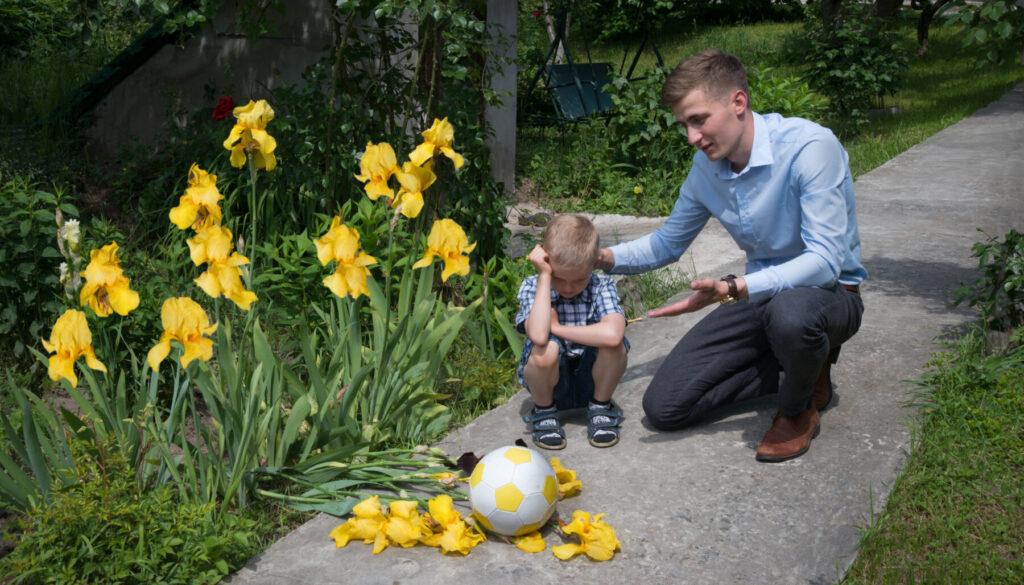Helping Children Understand and Say “I’m Sorry”!

As parents or caregivers, we all know how crucial it is for children to learn the importance of saying “I’m sorry.” However, grasping the concept of an apology can be quite challenging for young children. It is essential to understand why this is the case and how we can effectively support them through this learning process.
The Challenge of Understanding Apologies
For young children, the world is a very immediate place. Young children often see the world from their own perspective. They might not fully understand how their actions affect others, making it hard to grasp why an apology is necessary. Apologizing requires recognizing one’s own emotions, understanding the emotions of others, and expressing regret. This level of emotional regulation can be difficult for children who are still learning to identify and manage their feelings. Apologies are tied to the ideas of responsibility, empathy, and reconciliation. Young children, who think in more concrete terms, may struggle with these abstract ideas.
Despite these challenges, there are effective ways to help children understand and say, “I’m sorry.” Here are some strategies that can support this learning process:
Modeling Behavior– Children learn by observing adults. You set a powerful example by consistently apologizing when you make a mistake. Show genuine remorse and explain why you’re apologizing.
Discuss Emotions– Teach children to identify and express their emotions. Use books, stories, or real-life examples to discuss feelings and the importance of considering others’ emotions.
Positive Reinforcement– Praise children when they apologize sincerely. Reinforcing this behavior with positive feedback encourages them to repeat it.
Break Down the Apology– Teach children the components of an apology:
- Acknowledge the wrongdoing (“I pushed you”).
- Express remorse (“I’m sorry”).
- Make amends (“Can I help you up?”).
- Commit to change (“I won’t do it again”).
Create a Safe Environment—Ensure that children understand that making mistakes is a part of learning. Encourage an environment where they feel safe admitting their wrongdoings without fear of harsh punishment.
Use Stories– Books highlighting characters who make mistakes and apologize can provide relatable examples for children.
Teaching young children to say “I’m sorry” is not just about getting them to utter the words. It’s about helping them understand the deeper meaning behind the apology and fostering empathy, responsibility, and emotional intelligence. We can guide children in developing this crucial social skill with patience, consistent modeling, and supportive strategies. Remember, every sincere apology a child makes is a step toward becoming a more compassionate and responsible individual.





